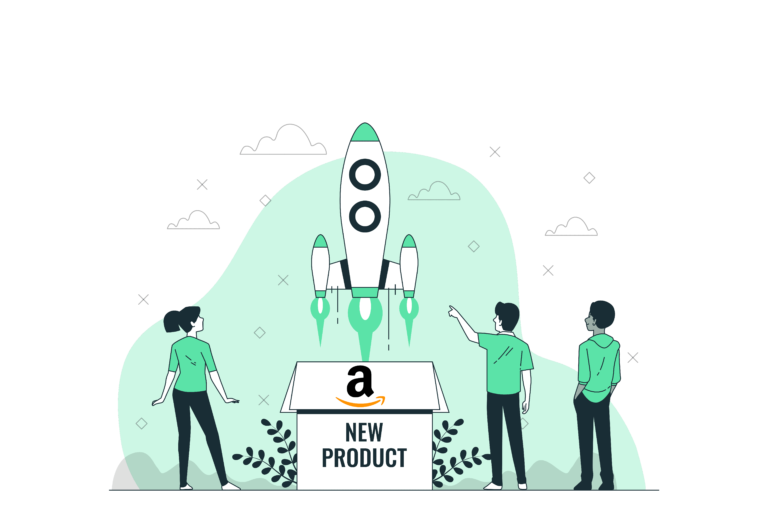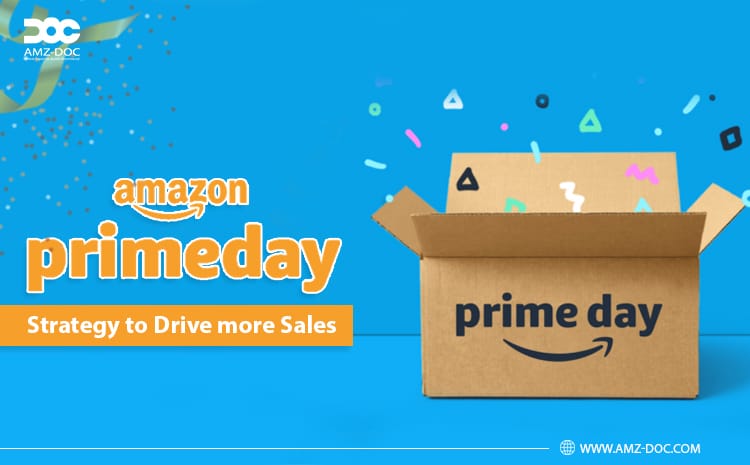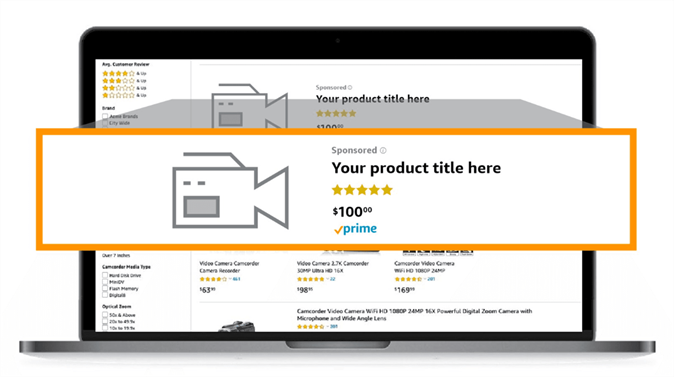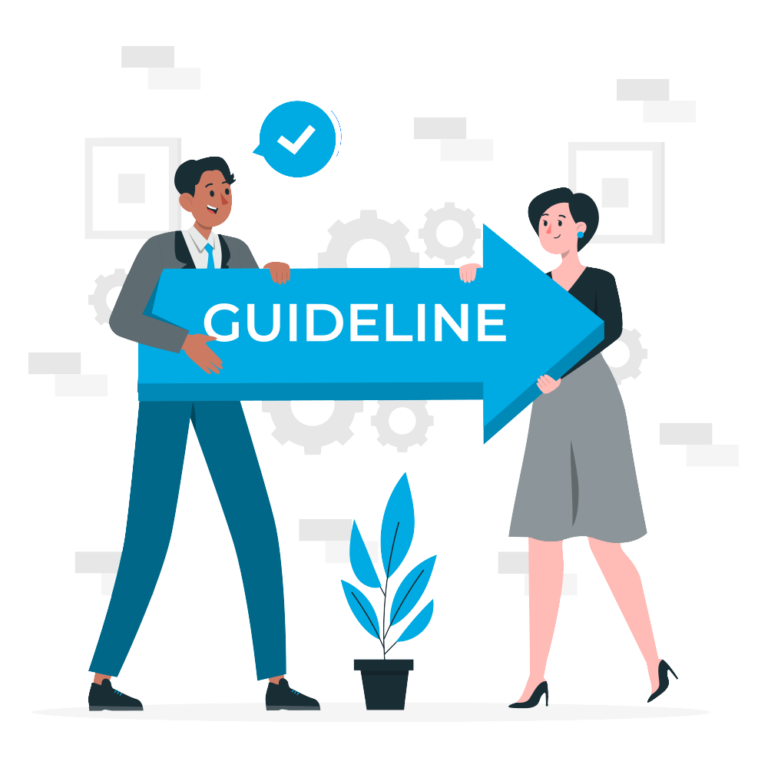Explore Our Product Launching Service – Learn More
Explore Our Product Launching Service – Learn More

Looking to launch your product on Amazon and achieve maximum conversion rates? You’ve come to the right place! In today’s highly competitive e-commerce landscape, a foolproof product launch strategy is key to standing out from the crowd and driving sales. From concept to conversion, every step of the process requires careful planning and execution. In this engaging guide, we will walk you through the essential elements of a successful product launch on Amazon, providing you with valuable insights and actionable tips. We’ll delve into market research, product listing optimization, advertising strategies, review management, and much more.
Get ready to unleash the full potential of your product and skyrocket your sales on the world’s largest online marketplace. Whether you’re a seasoned Amazon seller or just starting out, this guide will equip you with the knowledge and tactics to make your product launch a resounding success.
Let’s dive in and turn your concept into conversion!
The first step in crafting a foolproof product launch strategy on Amazon is to gain a deep understanding of the marketplace itself. With millions of sellers and an extensive product catalog, Amazon offers immense opportunities, but also intense competition. Before diving into product research and development, take the time to familiarize yourself with the rules and regulations of selling on Amazon. Familiarize yourself with the various seller account types, such as Individual and Professional, and understand the associated fees and requirements. Additionally, familiarize yourself with Amazon’s fulfillment options, such as FBA (Fulfillment by Amazon) and FBM (Fulfillment by Merchant), and weigh the pros and cons of each for your specific product.
Next, it’s crucial to understand the different categories and subcategories on Amazon. Each category has its own set of rules and requirements, and some categories may require special approval before you can list your products. Take the time to research which category is the best fit for your product and ensure you meet all the necessary criteria. Additionally, familiarize yourself with the Amazon Best Sellers Rank (BSR) and how it affects product visibility and sales. The BSR is a measure of how well a product is selling within its category and subcategory, and it can provide valuable insights into market demand and competition.
Lastly, consider the geographical reach of Amazon. While Amazon operates globally, it’s essential to understand the specific marketplaces and regions where your product will be available. Different marketplaces have different customer preferences, shipping options, and cultural nuances. Tailoring your product launch strategy to specific geographical regions can significantly impact your overall success on Amazon.
Once you have a solid understanding of the Amazon marketplace, it’s time to dive into product research and validation. A successful product launch starts with finding a product that fills a gap in the market and meets the needs of your target audience. Begin by brainstorming potential product ideas and conducting thorough market research to identify viable opportunities.
Start by analyzing best-selling products within your desired category. Look for products with high demand and low competition. Tools like Jungle Scout, Helium 10, and AMZScout can provide valuable data on sales volume, competition, and keyword trends. Use these tools to identify product niches that are underserved or have room for improvement. Additionally, consider conducting keyword research to understand the search volume and competition for relevant keywords related to your product. This will help you optimize your product listing later on.
Once you have narrowed down your product ideas, it’s crucial to validate them before investing time and resources into development. Consider conducting surveys or interviews with your target audience to gather feedback on the potential product. Ask about their pain points, preferences, and willingness to purchase. Additionally, look for existing products on Amazon that are similar to your ideas and analyze their customer reviews. This will give you insights into what customers like and dislike about similar products, helping you refine your own offering.
In the highly competitive landscape of Amazon, standing out from the competition is essential. Before launching your product, conduct a thorough competitive analysis to understand what similar products are already on the market and how they are performing. Look at their product listings, pricing, reviews, and overall brand presence. This will help you identify gaps or opportunities for differentiation.
Consider what unique selling points your product can offer compared to the competition. Is it a higher quality product, a more affordable option, or does it offer unique features that solve a specific problem? Highlight these differentiators in your product listing and marketing materials to attract customers and set yourself apart.
Additionally, consider leveraging customer reviews and feedback on competitor products to identify areas for improvement. Are customers consistently complaining about a specific feature or aspect of the competitor’s product? Use this feedback to refine your own product and offer a better solution. Differentiating yourself from the competition goes beyond just the product itself; it’s about offering an overall better customer experience.
One of the most critical elements of a successful product launch on Amazon is creating a compelling product listing. A well-optimized listing attracts potential customers, conveys the value of your product, and ultimately drives conversions. Here are the key components to focus on when crafting your product listing:
The product title is the first thing potential customers see when browsing Amazon search results. It’s essential to create a clear and concise title that accurately describes your product and includes relevant keywords. Keep in mind that Amazon has specific guidelines for product titles, and it’s important to follow them to avoid any potential penalties or listing removals.
High-quality product images are crucial for capturing the attention of potential customers and showcasing the features and benefits of your product. Invest in professional product photography that highlights your product from multiple angles and includes lifestyle images that help customers envision themselves using your product.
The product description is where you can provide more detailed information about your product, its features, and its benefits. Use persuasive language to highlight the unique selling points of your product and address any potential customer concerns. Break up the description into bullet points for easy readability and include relevant keywords to improve search visibility.
Bullet points highlighting the key features and benefits of your product are another essential component of your product listing. Focus on the aspects that set your product apart from the competition and appeal to your target audience’s needs and desires. Use concise language and emphasize the value proposition of your product.
Including relevant search keywords throughout your product listing is crucial for improving visibility in Amazon search results. Conduct keyword research to identify the most relevant and high-traffic keywords for your product, and strategically incorporate them into your title, description, bullet points, and backend search terms.
In addition to creating a compelling product listing, optimizing your product images and descriptions is crucial for driving conversions on Amazon. Here are some best practices to follow:
– Use high-resolution images that clearly show the product and its features.
– Include lifestyle images that showcase the product in use and help customers envision themselves using it.
– Follow Amazon’s image guidelines, including size and format requirements.
– Optimize image file names and alt tags with relevant keywords to improve search visibility.
– Use persuasive language to highlight the unique features and benefits of your product.
– Break up the description into easily scannable paragraphs and bullet points for improved readability.
– Incorporate relevant keywords naturally throughout the description to improve search visibility.
– Include any warranty or guarantee information to instill confidence in potential customers.
By optimizing your product images and descriptions, you can enhance the overall shopping experience for potential customers and increase the likelihood of conversions.
Customer reviews and ratings play a significant role in influencing purchasing decisions on Amazon. Positive reviews and high ratings can build trust and credibility for your product, while negative reviews can deter potential customers. Here’s how you can leverage customer reviews and ratings to your advantage:
– Provide excellent customer service and follow up with customers to ensure their satisfaction.
– Send follow-up emails to customers after purchase, politely asking for a review and offering assistance if needed.
– Offer incentives, such as discounts or freebies, for customers who leave a review.
– Monitor and respond to negative reviews promptly and professionally.
– Address any customer concerns or issues and offer solutions if possible.
– Show potential customers that you are proactive in resolving problems and ensuring customer satisfaction.
– Analyze customer feedback and reviews to identify areas for product improvement.
– Use the feedback to enhance your product and address any common concerns or complaints.
– Update your product listing and marketing materials to reflect the improvements made based on customer feedback.
By actively managing customer reviews and ratings, you can build a positive reputation for your product and increase customer trust, ultimately leading to higher conversion rates.
Pricing plays a vital role in the success of your product launch on Amazon. While competitive pricing is essential, it’s also important to consider your product’s value proposition and profit margins. Here are some pricing strategies to consider:
– Research the pricing of similar products on Amazon and set your price accordingly.
– Consider offering a slightly lower price to attract customers and gain a competitive edge.
– Regularly monitor your competitors’ pricing and adjust your price if necessary.
– Take into account the unique features and benefits of your product when determining the price.
– Highlight the value proposition of your product in your product listing to justify the price to potential customers.
– Consider bundling your product with complementary items to increase perceived value.
– Offer limited-time discounts or promotions to create a sense of urgency and drive sales.
– Use Amazon’s promotional tools, such as Lightning Deals and Coupons, to attract customers.
– Monitor the performance of your promotional pricing and adjust as needed to maximize conversions.
Remember, pricing is not set in stone, and it’s essential to monitor the market and make adjustments as necessary to optimize your product’s sales potential.
In a competitive marketplace like Amazon, advertising and promotion are essential for boosting visibility and driving sales. Amazon offers various advertising options that can help increase your product’s exposure to potential customers. Here are some key advertising strategies to consider:
– Sponsored Product Ads allow you to promote your products within Amazon search results and on product detail pages.
– Target specific keywords or products to reach customers who are actively searching for similar products.
– Monitor the performance of your ads and adjust your keyword targeting and bid amounts to optimize results.
– Sponsored Brand Ads allow you to showcase your brand and multiple products in a banner-like format.
– Use compelling images and messaging to capture attention and drive traffic to your product listings.
– Target relevant keywords and monitor the performance of your ads to ensure maximum ROI.
– Amazon DSP allows you to reach potential customers both on and off Amazon by leveraging Amazon’s first-party data.
– Create targeted display, video, and audio ads to reach your desired audience.
– Use various targeting options, such as demographics, interests, and shopping behavior, to refine your ad campaigns.
– Offer coupons and limited-time promotions to incentivize customers to try your product.
– Use Amazon’s Coupons feature to highlight special offers on your product listing.
– Monitor the performance of your coupons and promotions and adjust as needed to maximize conversions.
By utilizing Amazon’s advertising and promotional tools effectively, you can increase your product’s visibility, reach a wider audience, and ultimately drive more sales.

Launching a product on Amazon is not a one-time event; it requires continuous monitoring and optimization to ensure long-term success. Here are some key areas to focus on when monitoring and optimizing your product’s performance:
– Regularly monitor your product’s sales performance and conversion rate.
– Identify any significant fluctuations and investigate the potential causes.
– Analyze the performance of different product variations or bundles to determine the most successful offerings.
– Track the ranking of your product for relevant keywords in Amazon search results.
– Optimize your product listing and backend search terms based on keyword performance.
– Monitor keyword trends and adjust your listing to stay ahead of the competition.
– Continuously monitor customer feedback and reviews for your product.
– Respond promptly to any negative feedback and address any issues or concerns raised by customers.
– Use customer feedback to improve your product and enhance the overall customer experience.
– Keep a close eye on your competitors and their product offerings.
– Monitor their pricing, promotions, and customer reviews to identify areas where you can gain a competitive advantage.
– Adjust your product listing and marketing strategies based on the insights gained from competitor analysis.
By actively monitoring and optimizing your product’s performance, you can stay ahead of the competition, adapt to market changes, and continue to drive sales and conversions.
While Amazon is a powerful marketplace on its own, leveraging external marketing channels can further amplify your product launch and drive additional traffic and sales. Here are some external marketing channels to consider:
– Utilize platforms like Facebook, Instagram, and Twitter to promote your product and engage with potential customers.
– Create compelling content, such as product tutorials, behind-the-scenes videos, and customer testimonials, to generate interest and drive traffic to your Amazon product listing.
– Run targeted ad campaigns on social media platforms to reach a wider audience.
– Collaborate with influencers in your industry or niche to promote your product to their followers.
– Identify influencers whose audience aligns with your target market and negotiate partnerships or sponsored content.
– Encourage influencers to create honest reviews or testimonials for your product to build trust with their audience.
– Create valuable and informative content, such as blog posts, videos, or podcasts, that educates and engages your target audience.
– Optimize your content with relevant keywords and links to your Amazon product listing.
– Share your content through various channels, such as your website, social media, and email newsletters, to attract potential customers to your Amazon product listing.
– Build an email list of potential customers and existing customers who have shown interest in your product or brand.
– Send targeted email campaigns promoting your product launch, special offers, or exclusive discounts.
– Personalize your emails based on customer preferences and purchase history to increase engagement and conversions.
By leveraging external marketing channels, you can expand your reach beyond Amazon and attract a broader audience to your product listing,








